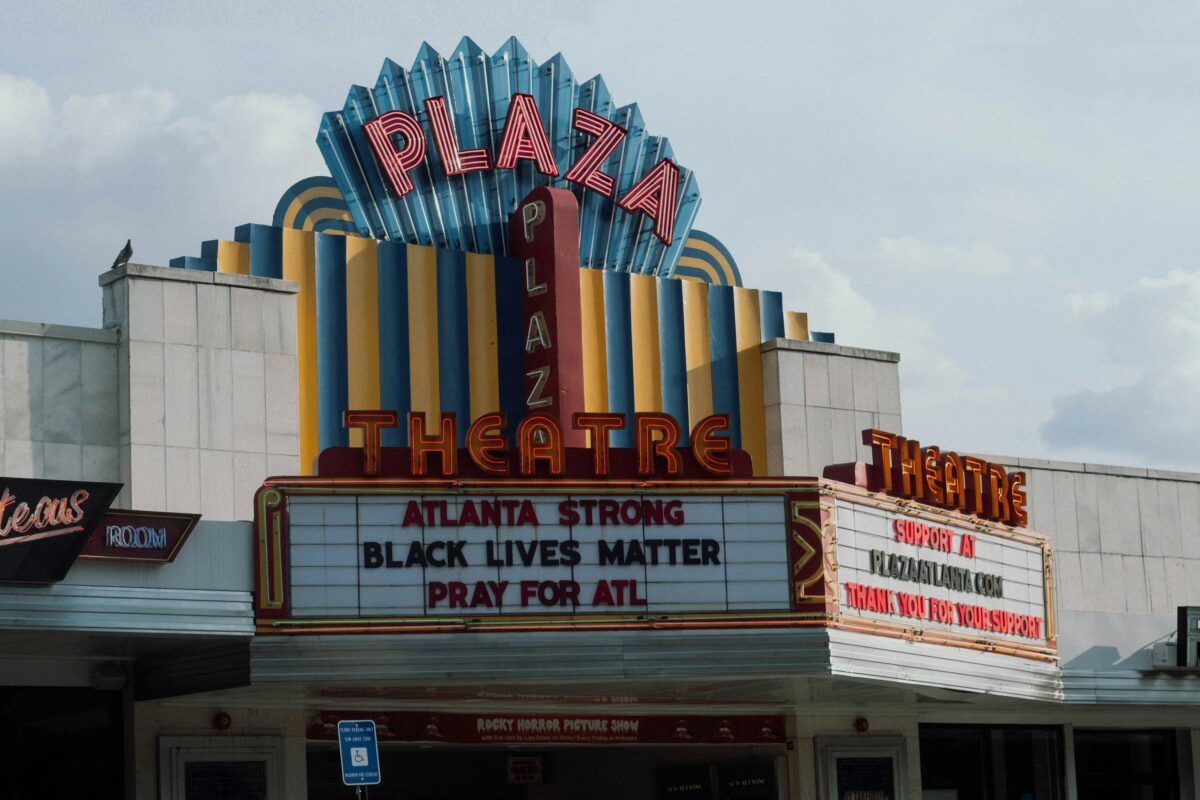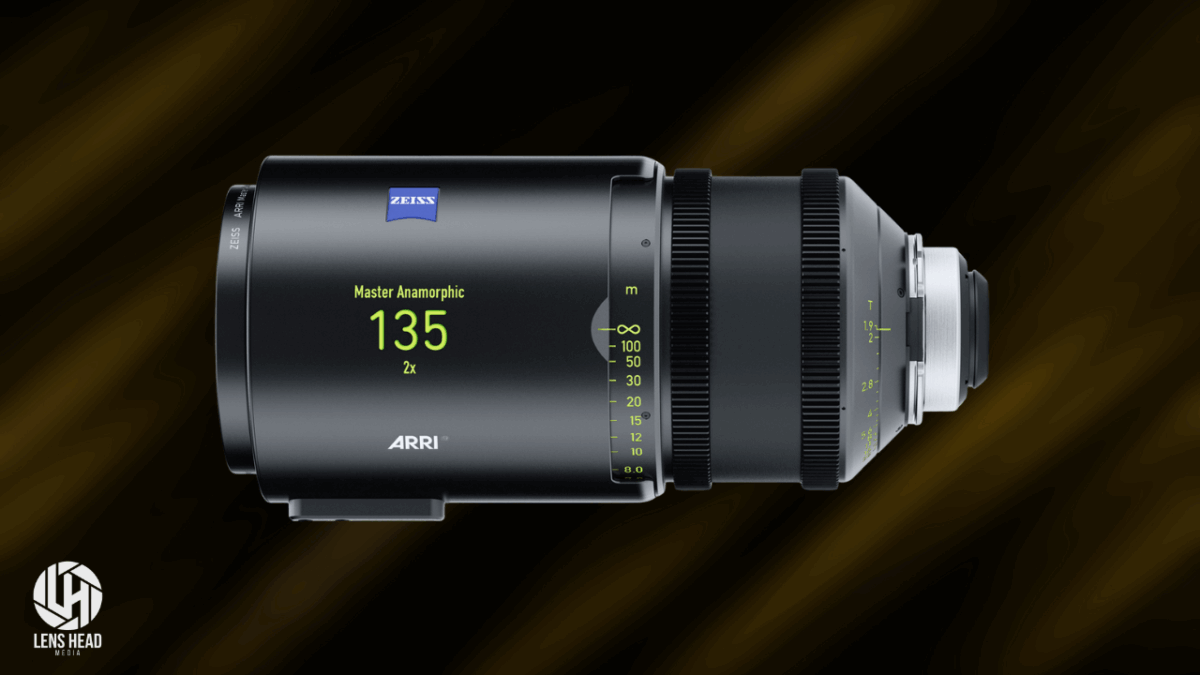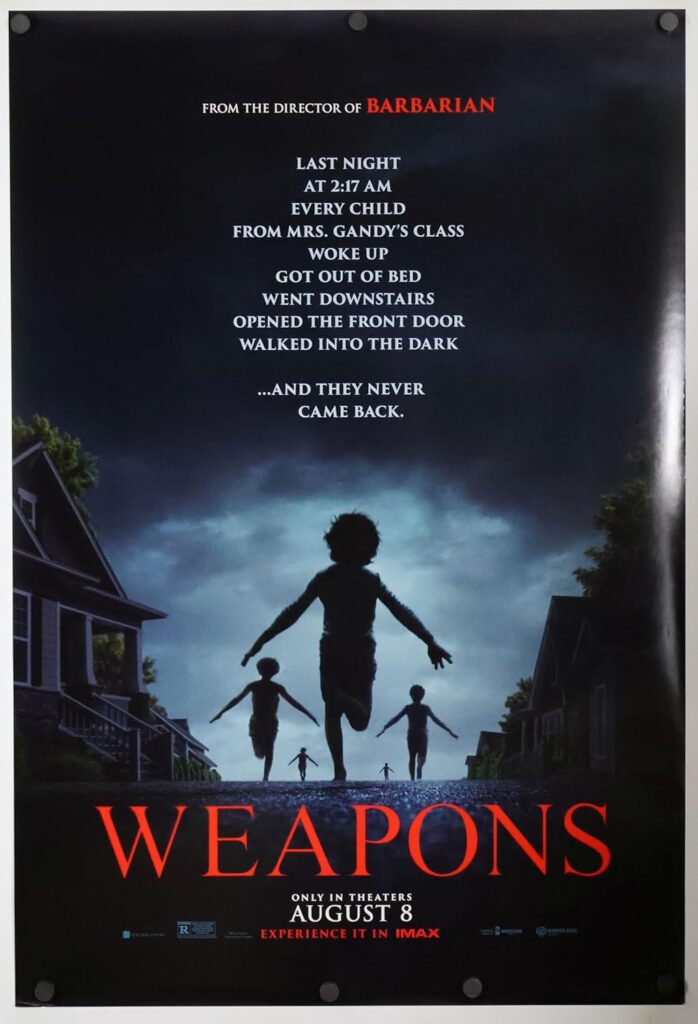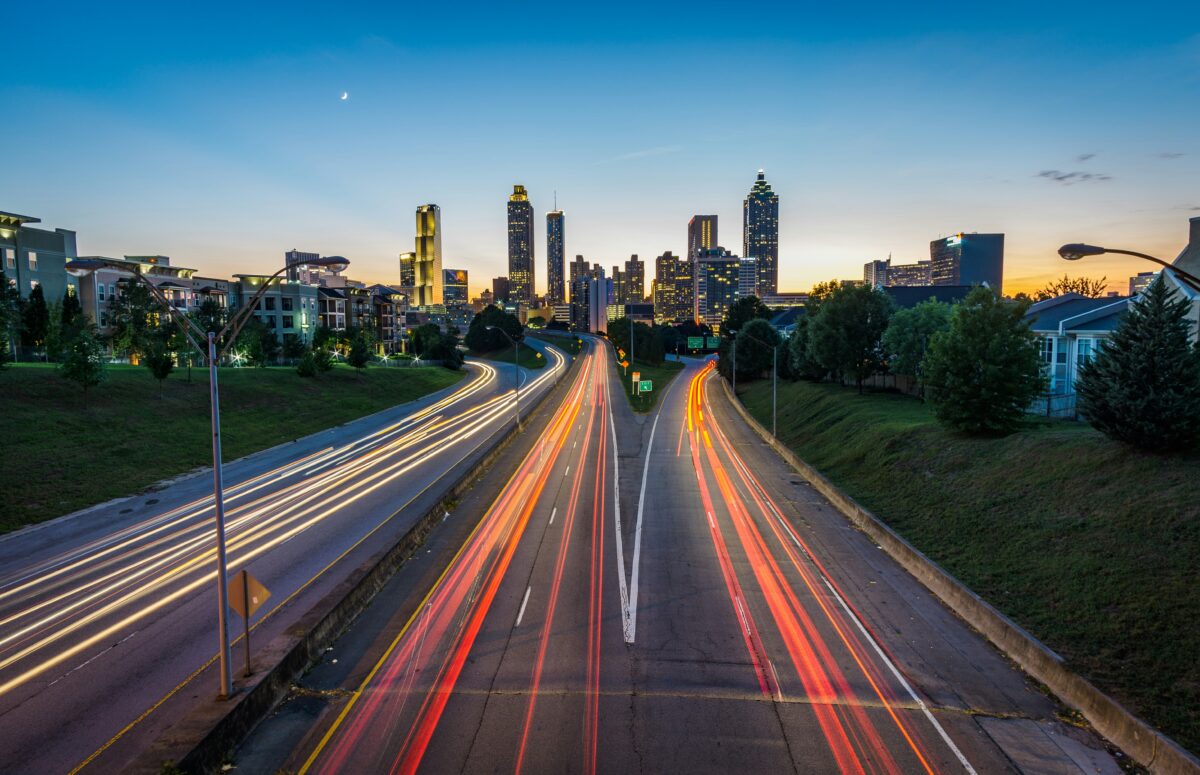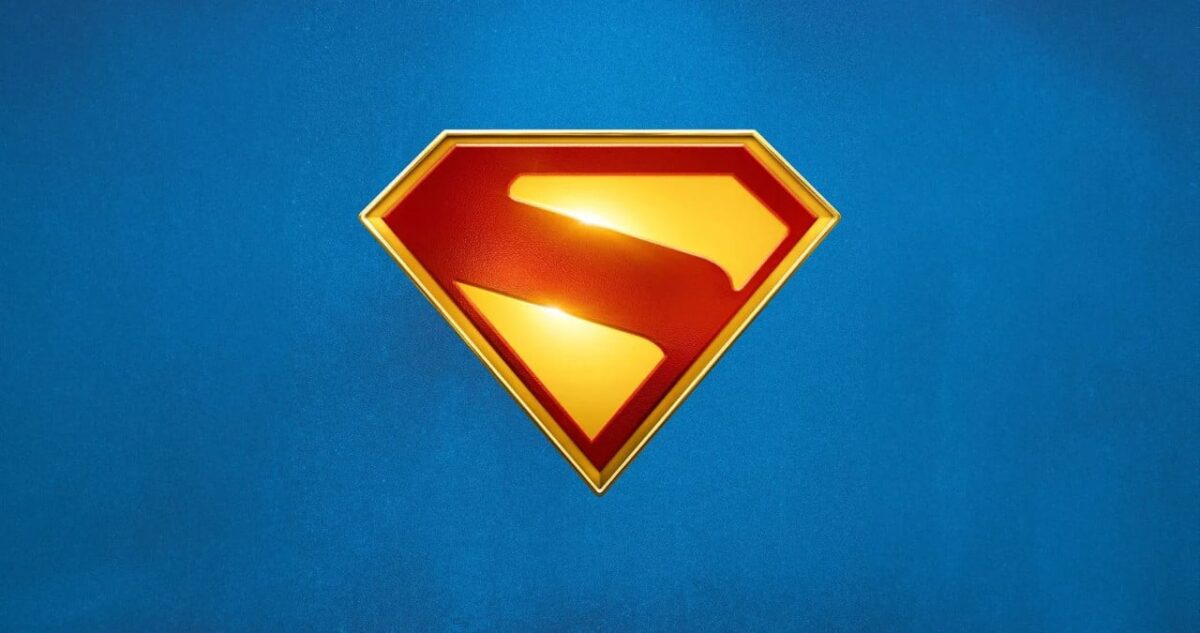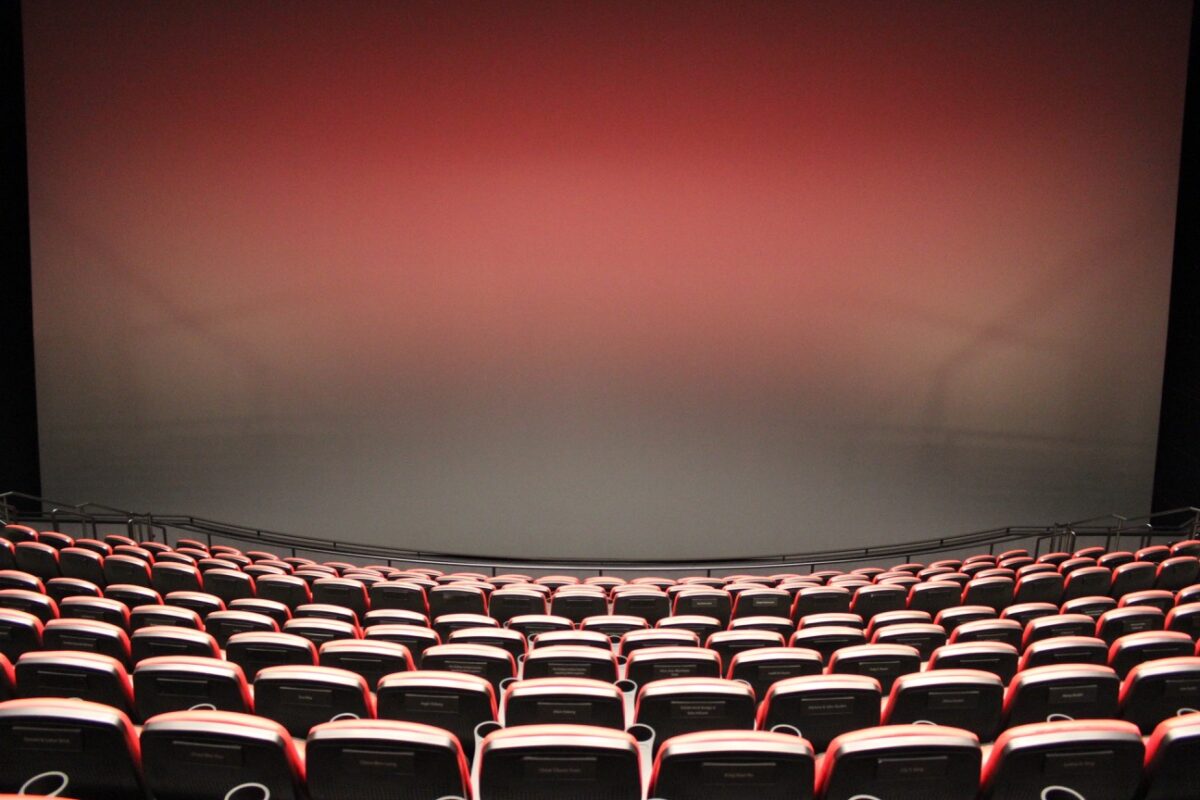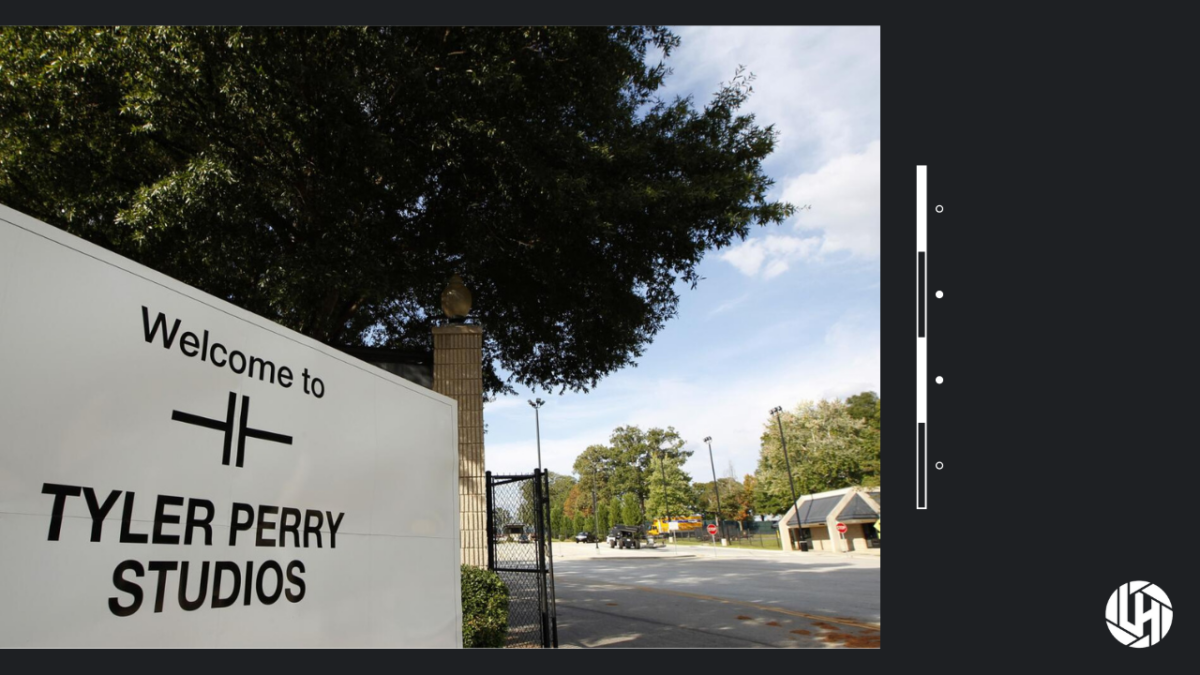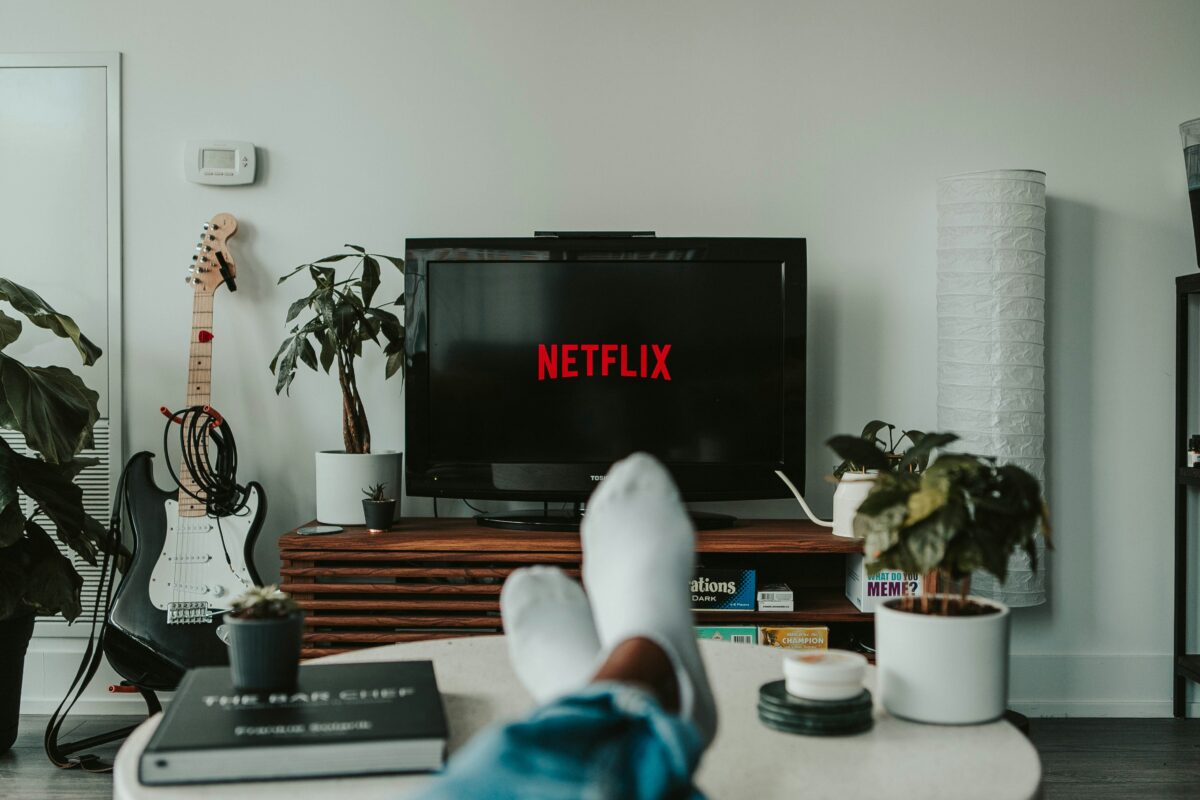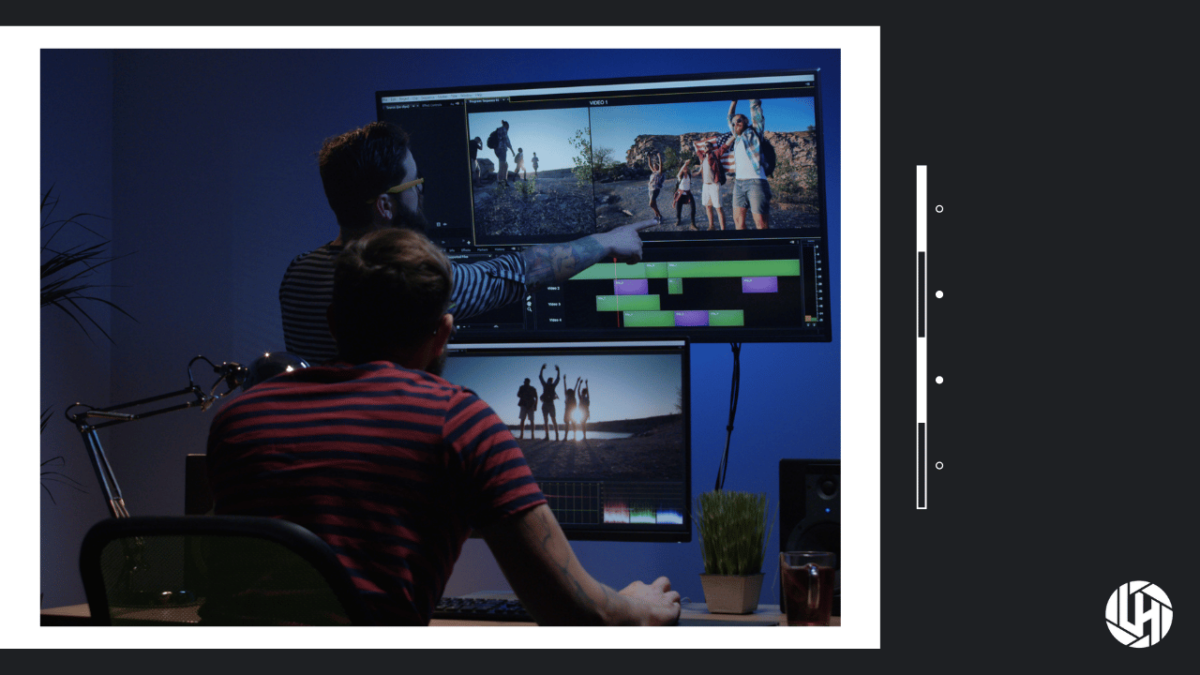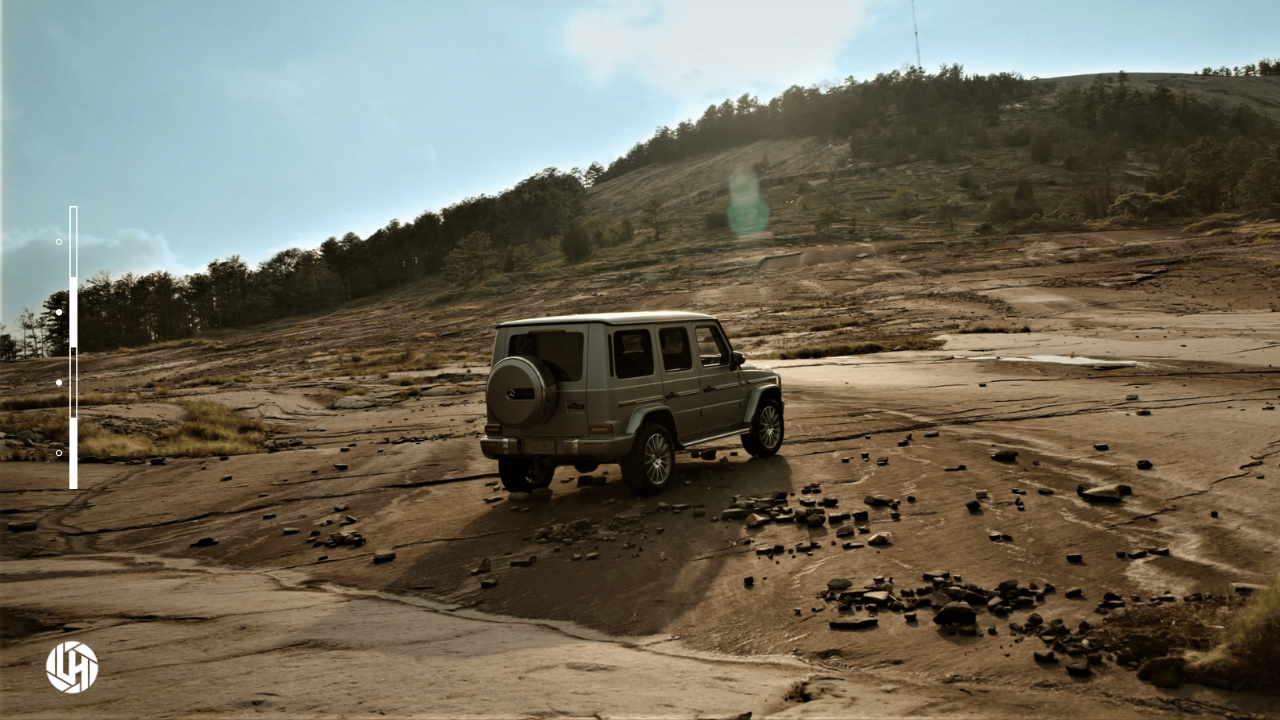Why Atlanta Filmmaking is Thriving and Why It’s the Perfect Place to Create
lensheadmedia
on
October 20, 2025
Over the past decade, Atlanta has become one of the most dynamic film production cities in the world. Once known mainly for its music, food, and sports culture, it is now a global center for creativity. Major movies, streaming series, and commercial projects are produced here every day, and Atlanta Filmmaking has grown into a defining part of the city’s identity.
So, is Atlanta a good place for filmmaking? The answer is yes, and the reasons why go far beyond tax incentives. Atlanta offers a rare combination of professional infrastructure, diverse locations, skilled local talent, and a collaborative creative community that continues to attract filmmakers and brands from across the world.
The Growth of Atlanta Filmmaking
The rise of Atlanta Filmmaking began with Georgia’s 2008 film tax incentive program, which provides up to a 30 percent credit for qualifying productions. This incentive immediately brought major studios to the city, but what followed was even more important: the creation of a sustainable local industry.
Today, Atlanta hosts productions of every size, from blockbuster franchises to independent films and commercials. Movies like Black Panther, The Hunger Games, and Avengers: Endgame were all filmed here. Streaming giants such as Netflix and Amazon continue to expand their presence, ensuring a constant flow of creative work.
A Complete Film Infrastructure
What makes Atlanta Filmmaking so practical is the city’s well-developed infrastructure. With more than three million square feet of studio space, including Tyler Perry Studios, Trilith Studios, and Assembly Atlanta, the city can support projects of any scale.
Beyond soundstages, the metro area is filled with rental houses, grip and lighting companies, post-production facilities, and visual effects teams. For small and mid-sized businesses creating video ads or branded content, this ecosystem provides easy access to professional equipment and experienced crews. You are not just hiring a videographer; you are hiring into an entire production network.
Skilled Local Talent
Atlanta’s greatest strength lies in its people. Thousands of camera operators, gaffers, editors, and directors of photography call Georgia home. Many of them have experience on major films and bring that expertise to commercial and independent projects.
Because of this, Atlanta Filmmaking can be both affordable and world-class. Productions can staff locally without costly travel, keeping budgets efficient while maintaining quality. Whether you need a complete crew or a few key specialists, Atlanta offers a deep talent pool that continues to grow each year.
Locations that Inspire Creativity
Atlanta’s versatility as a location is another major advantage. Within a short drive, you can find everything from downtown skyscrapers to charming small towns, forests, lakes, and farmland. This allows Atlanta Filmmaking to double for almost any setting.
For filmmakers and brands alike, that variety fuels creative freedom. A business can film an entire campaign locally while achieving multiple visual styles and tones. The ability to access so many looks in one region is a key reason why so many production companies choose to work here.
A Supportive Creative Community
One of the most defining aspects of Atlanta Filmmaking is its sense of community. The city’s creative professionals support and collaborate with one another, fostering an atmosphere of shared growth. Events such as the Atlanta Film Festival and BronzeLens Film Festival connect emerging artists with experienced industry figures, helping build lasting professional relationships.
Studios and creative spaces like Lens Head Media play an active role in this ecosystem. They bring together filmmakers, editors, and producers who want to make professional, story-driven content in an environment built for collaboration.
Why Businesses Benefit from Filming in Atlanta
For brands, agencies, and businesses looking to create commercial or promotional content, Atlanta Filmmaking offers unmatched value. The city provides world-class production quality at a lower cost than major coastal markets. Combined with an experienced workforce and efficient logistics, Atlanta is ideal for companies that want professional results without the complexity or expense of traditional film hubs.
At Lens Head Media, we specialize in helping businesses tell their stories through cinematic, high-impact video production. Our Atlanta-based team works with companies of all sizes to create ads, brand films, and promotional content that stand out online and on screen.
The Future of Atlanta Filmmaking
The future of Atlanta Filmmaking looks brighter every year. New studios are opening, training programs are expanding, and investment in local talent continues to grow. The city’s film industry has proven its staying power, evolving from a regional advantage into a global creative force.
For filmmakers, producers, and brands, Atlanta offers everything needed to bring a story to life. If you are ready to create your next project in one of the most exciting production cities in the world, Lens Head Media can help you make it happen.
